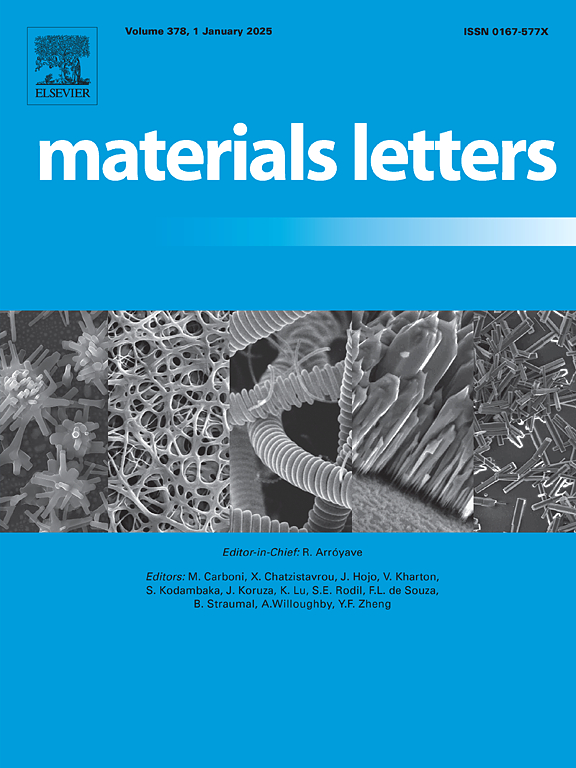正畸托槽中的仿生结构:一种增强抗菌性能和耐腐蚀性的策略
IF 2.7
4区 材料科学
Q3 MATERIALS SCIENCE, MULTIDISCIPLINARY
引用次数: 0
摘要
在TA1钛合金上采用线切割加工(WEDM)制备了蝉翅、鲨鱼皮和蛾眼三种仿生结构,并在其表面涂覆了ZrN。ZrN涂层增加了静态接触角,减少了微生物的粘附。蛾眼结构的接触角最高(136.94°±1.1°),抗菌率达到99.0%,优于非结构纯钛(39.52%)。TA1-Moth-Eye-ZrN结构提高了抗菌性能和耐腐蚀性,具有良好的生物相容性,在正畸治疗中具有潜在的应用前景。本文章由计算机程序翻译,如有差异,请以英文原文为准。
Biomimetic structures in orthodontic brackets: a strategy for enhanced antibacterial performance and corrosion resistance
This study fabricated three biomimetic structures (cicada wing, shark skin, and moth eye) on TA1 titanium with wire electrical discharge machining (WEDM) and coated them with ZrN. ZrN coating increased static contact angles, which reduced microbial adhesion. The moth-eye structure showed the highest contact angle (136.94 ° ± 1.1 °), achieving 99.0 % antibacterial rate, which outperformed unstructured pure titanium with ZrN (39.52 %). The TA1-Moth-Eye-ZrN structure improved antibacterial performance and corrosion resistance, demonstrating good biocompatibility and potential applications in orthodontic treatment.
求助全文
通过发布文献求助,成功后即可免费获取论文全文。
去求助
来源期刊

Materials Letters
工程技术-材料科学:综合
CiteScore
5.60
自引率
3.30%
发文量
1948
审稿时长
50 days
期刊介绍:
Materials Letters has an open access mirror journal Materials Letters: X, sharing the same aims and scope, editorial team, submission system and rigorous peer review.
Materials Letters is dedicated to publishing novel, cutting edge reports of broad interest to the materials community. The journal provides a forum for materials scientists and engineers, physicists, and chemists to rapidly communicate on the most important topics in the field of materials.
Contributions include, but are not limited to, a variety of topics such as:
• Materials - Metals and alloys, amorphous solids, ceramics, composites, polymers, semiconductors
• Applications - Structural, opto-electronic, magnetic, medical, MEMS, sensors, smart
• Characterization - Analytical, microscopy, scanning probes, nanoscopic, optical, electrical, magnetic, acoustic, spectroscopic, diffraction
• Novel Materials - Micro and nanostructures (nanowires, nanotubes, nanoparticles), nanocomposites, thin films, superlattices, quantum dots.
• Processing - Crystal growth, thin film processing, sol-gel processing, mechanical processing, assembly, nanocrystalline processing.
• Properties - Mechanical, magnetic, optical, electrical, ferroelectric, thermal, interfacial, transport, thermodynamic
• Synthesis - Quenching, solid state, solidification, solution synthesis, vapor deposition, high pressure, explosive
 求助内容:
求助内容: 应助结果提醒方式:
应助结果提醒方式:


